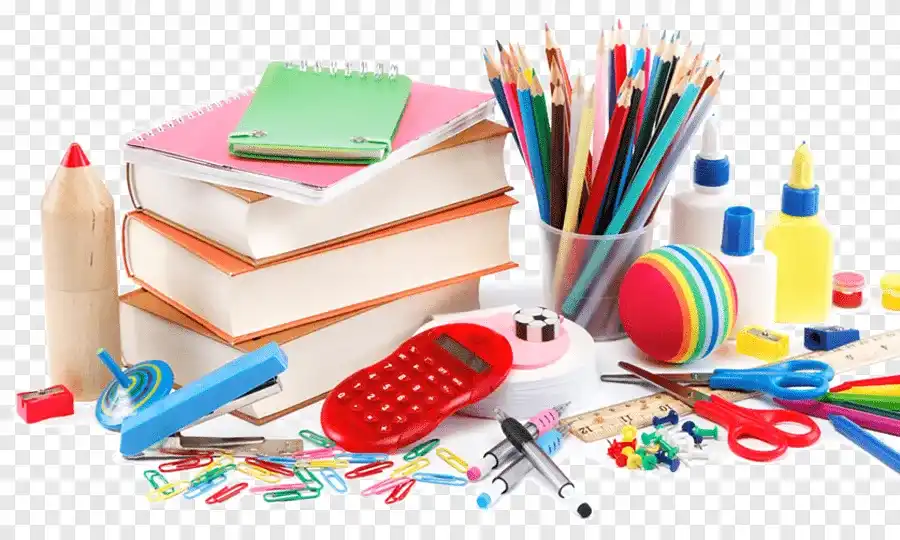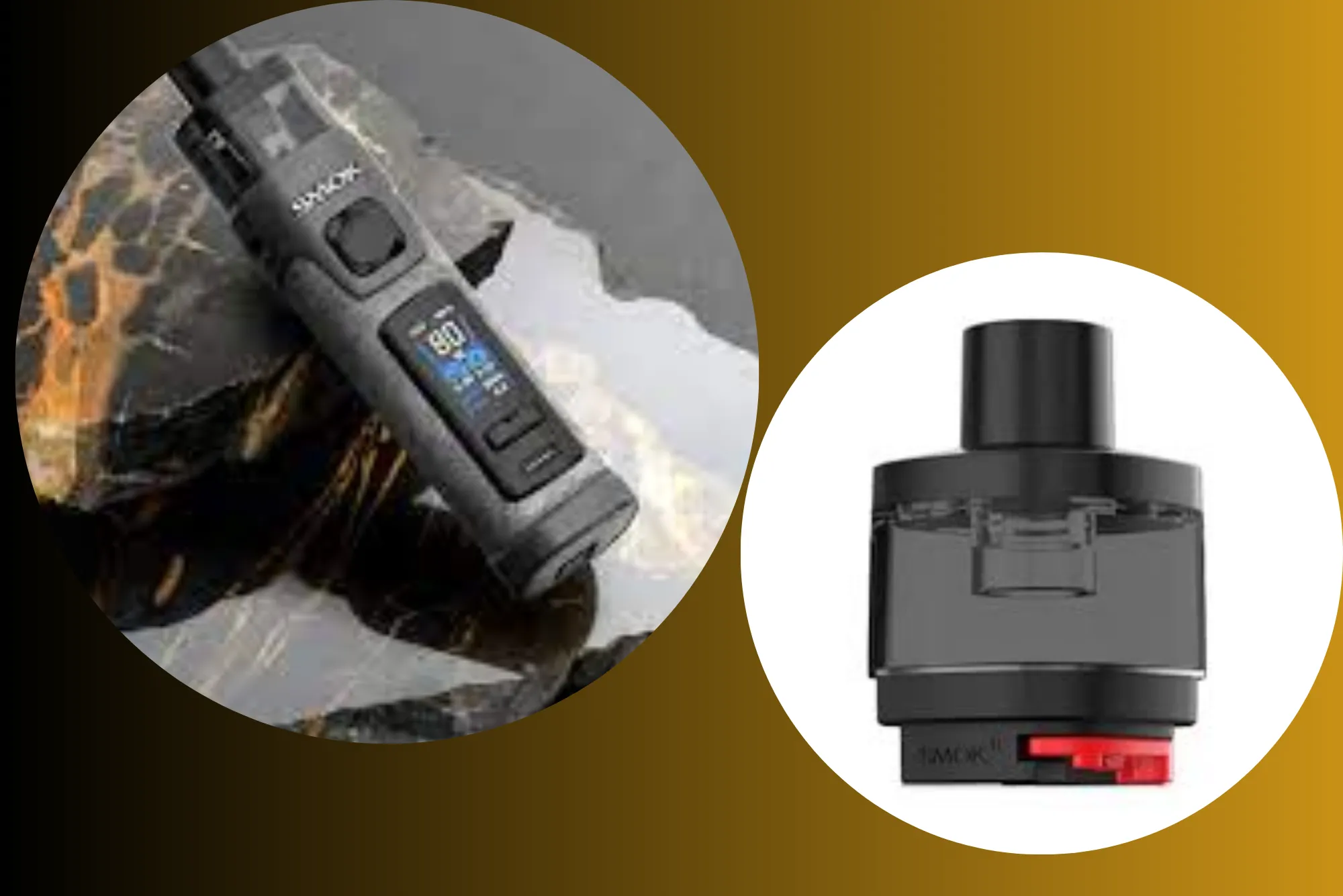When you run a business, it’s easy to overlook the little things that keep everything running smoothly. One of those “little things” is stationery office supplies. Pens, notepads, sticky notes, filing systems, printers, and even basic items like paperclips may not seem like a big deal, but without them, daily operations would quickly come to a halt. Choosing the right supplies is about more than just convenience—it’s about efficiency, cost-effectiveness, and setting your team up for success.
Over the years, I’ve seen firsthand how businesses waste money by either overspending on supplies they don’t really need or constantly scrambling to restock because they didn’t plan ahead. The key is to strike a balance between quality, functionality, and smart management. That’s where a clear strategy comes in. Let’s walk through what you should consider when choosing stationery office supplies for your business.
Understanding Your Business Needs
The best place to start is with your own team. Every business has different workflows, and the type of office supplies you need depends largely on how your employees work. For example, a law firm may require a constant stock of legal pads, binders, and archival folders, while a creative agency might lean heavily on sketchbooks, markers, and design-specific tools.
Take the time to observe or even survey your staff about what they actually use daily. You might be surprised to learn that certain “traditional” items like fax paper or hole punchers rarely leave the supply cabinet, while others like whiteboard markers or sticky notes run out faster than expected. Understanding these patterns helps prevent waste and ensures you’re investing in the right essentials.
Quality vs. Quantity: Why It Matters
When budgets are tight, there’s often a temptation to choose the cheapest available supplies. While this might seem like a good idea in the short term, low-quality stationery can hurt productivity. Think of pens that stop writing mid-sentence, paper that jams the printer, or staplers that break after a few weeks. These may sound like minor frustrations, but they add up in both time and employee morale.
On the other hand, going for the most premium option isn’t always necessary either. The goal is to find that middle ground—supplies that are durable and reliable without breaking the bank. For example, investing in high-quality printer paper makes sense if you regularly print contracts or proposals for clients, but for internal drafts, a standard-grade paper is more than enough.
Building an Efficient Procurement System
Once you know what you need, the next challenge is making sure you never run out of it. This is where many businesses struggle. Someone notices the printer ink is low only when it’s completely empty, or the last box of envelopes gets used right before a mailing deadline. These last-minute scrambles often force companies into buying supplies at inflated prices from nearby retail stores.
The smarter approach is to set up a stockpoint system. A stockpoint is essentially a designated place where your office supplies are stored and regularly monitored. By tracking how quickly different items are used, you can set minimum reorder levels and replenish them before they run out. Think of it as a safety net against those “we’re out of ink!” emergencies.
In larger offices, having multiple stockpoints—one for each department—can help reduce bottlenecks. Employees can access what they need quickly, while the office manager or supply coordinator keeps an eye on inventory. Over time, you’ll start to see patterns that help you make even more efficient purchasing decisions.
Choosing Suppliers and Managing Costs
Finding the right supplier is just as important as choosing the right products. Reliable vendors not only deliver on time but also help you save money through bulk discounts or subscription models. Many businesses benefit from setting up long-term partnerships with trusted suppliers, which can guarantee consistency and sometimes even customized service.
When comparing suppliers, don’t just look at price tags. Factor in delivery speed, product range, and customer service. It’s worth paying a little extra for a supplier who ensures you’ll never be left waiting on essential items. Some businesses also adopt a hybrid approach, sourcing general supplies from one vendor while turning to specialized providers for niche products.
Sustainability in Office Supplies
In today’s business world, sustainability is no longer optional—it’s an expectation. Choosing eco-friendly stationery not only benefits the environment but also strengthens your company’s reputation among employees, clients, and stakeholders. Recycled paper, refillable pens, and biodegradable folders are all widely available now, often at competitive prices.
Beyond the supplies themselves, consider how you manage waste. For instance, setting up recycling bins for paper and toner cartridges can make a noticeable difference. Sustainability initiatives also resonate with employees, making them feel proud to be part of a company that values responsibility.
Balancing Digital and Physical Tools
With so much of business moving to digital platforms, some might question whether stationery still matters. The reality is, physical supplies remain essential even in the most tech-forward workplaces. While you may rely on digital project management tools, there are still countless scenarios where a notebook, a whiteboard, or a printed document is the best option.
The trick is to strike the right balance. Don’t overspend on items your team rarely uses, but don’t strip away supplies that support creativity and quick collaboration. A well-equipped workspace blends the efficiency of digital tools with the reliability of physical supplies.
Creating a Culture of Accountability
One often overlooked aspect of managing office supplies is employee accountability. Supplies tend to run out faster when staff don’t feel responsible for their usage. Simple steps—like encouraging employees to avoid unnecessary printing or reminding them to use notebooks efficiently—can stretch your supplies further.
Having a stockpoint also makes it easier to track usage. If certain items keep disappearing faster than expected, you can investigate whether it’s due to genuine demand or simply misuse. A little awareness goes a long way in reducing costs.
Final Thoughts
Choosing the best stationery office supplies for your business isn’t just about stocking up on pens and paper—it’s about creating a system that supports productivity, reduces waste, and saves money in the long run. By understanding your team’s needs, prioritizing quality, implementing a reliable stockpoint system, and considering factors like sustainability, you’ll create an office environment that runs smoothly day after day.
The right supplies may not grab headlines, but they play a silent, crucial role in your company’s success. Get them right, and your business will feel the difference every single day.




